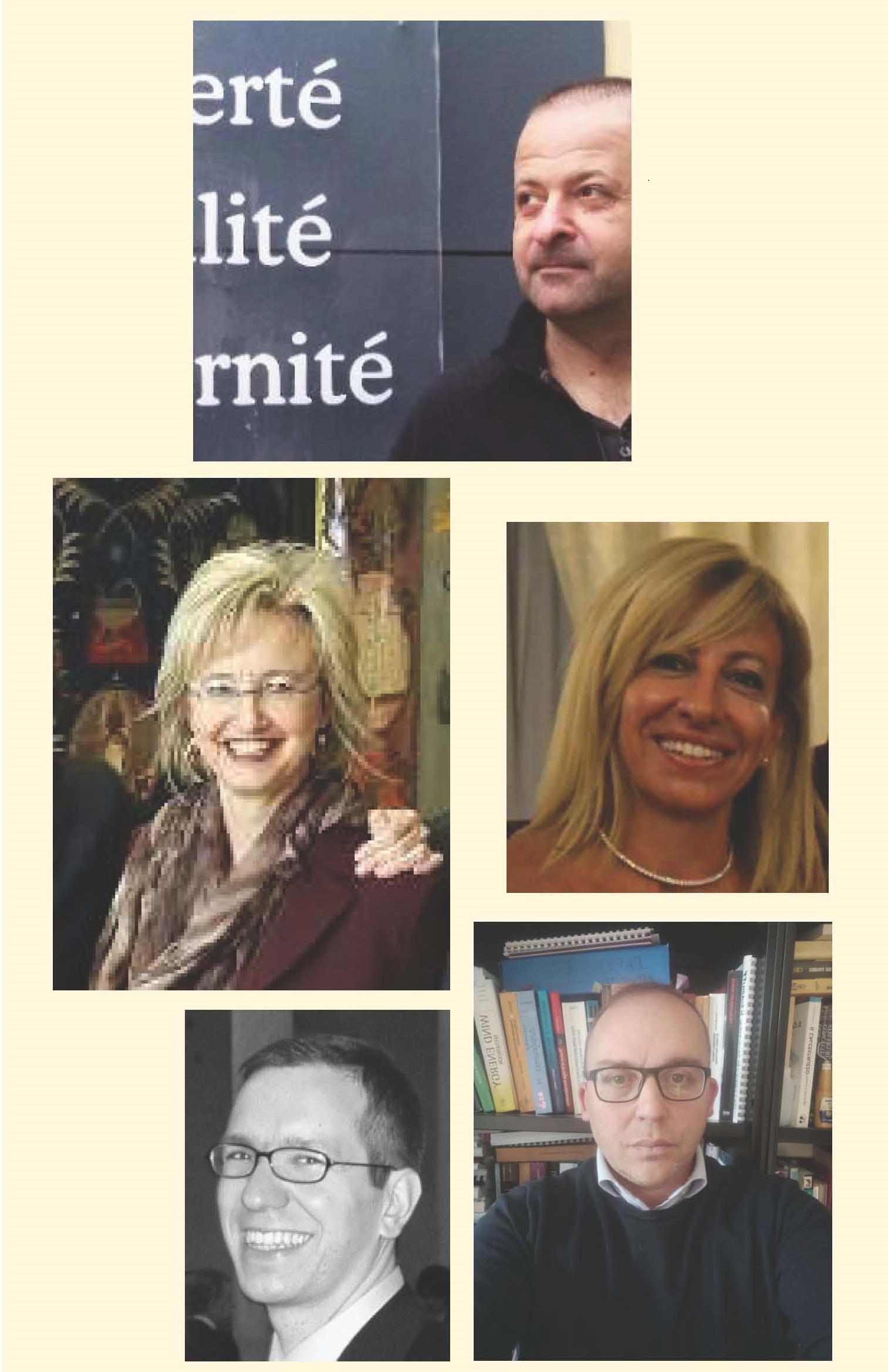
The course aims at providing a general overview of the problems related to the structural behaviour of existing masonry constructions, with particular reference at the seismic safety. The starting point concerns both the definition of the scientific and technical terms involved, and also the necessary considerations of historical and artistic value. Particular attention will be paid to the mechanical modelling of masonry constructions, which constitute a large part of the Italian historical and architectural heritage, and to the acquisition of a specific computational instrumentation for the structural analyses necessary to verify and guarantee their correct mechanical behaviour.
May 13-29
The recent tragic seismic events of 2016-2017 significantly re-proposed the problem of existing masonry constructions, widely present in many small towns in central Italy. The course aims at providing a general overview of the problems related to the structural behaviour of existing masonry constructions. The starting point concerns both the definition of the scientific and technical terms involved, and also the necessary considerations of historical and artistic value.
Particular attention will be paid to the mechanical modelling of masonry constructions, which constitute a large part of the Italian historical and architectural heritage, and to the acquisition of a specific computational instrumentation for the structural analyses necessary to verify and guarantee their correct mechanical behaviour; problem that cannot be considered unrelated to the one that affects the themes of history and architectural restoration. The investigation aimed at the knowledge of the mechanical models and tools actually usable for the computational analyses, while extricating itself in an extremely specialized field, in fact goes beyond merely computational boundaries as it strongly influences the subsequent intervention choices of restauration. The study of the formal and functional characteristics of the buildings, the description of their construction methods, the knowledge of the interventions they have undergone over centuries, the structural analyses, are in fact nothing more than the diversified and multiple aspects of a single question: the reading and interpretation of complex testimonies of history and art.
The course dedicated to the memory of a dear and illustrious colleague of the Department of Structural and Geotechnical Engineering, prof. Marcello Ciampoli, has already taken place in a previous and more extensive edition coordinated by Prof. Franco Bontempi. This year it is re-proposed in a telematics way in a period of serious medical emergency (Covid-19). The total duration is 18 hours and it will allow the acquisition of N. 9 Training Credits. Details of the lessons and teachers involved can be found in the attached pdf.
To access the course you can use the Google Meet platform (PhD students can use the link in Google Classroom; external interested parties, PhD students and researchers of other universities, are invited to send an email to: phd.disg@uniroma1.it).
NOTE: The course is dedicated to PhD students and researchers. The interested external professionals, after registration, will be able to participate. Attendance certificates and credits for professional activity are not foreseen. Part of the lessons can be delivered in English. For the full course, DISG PhD students can be awarded by 9 training credits.